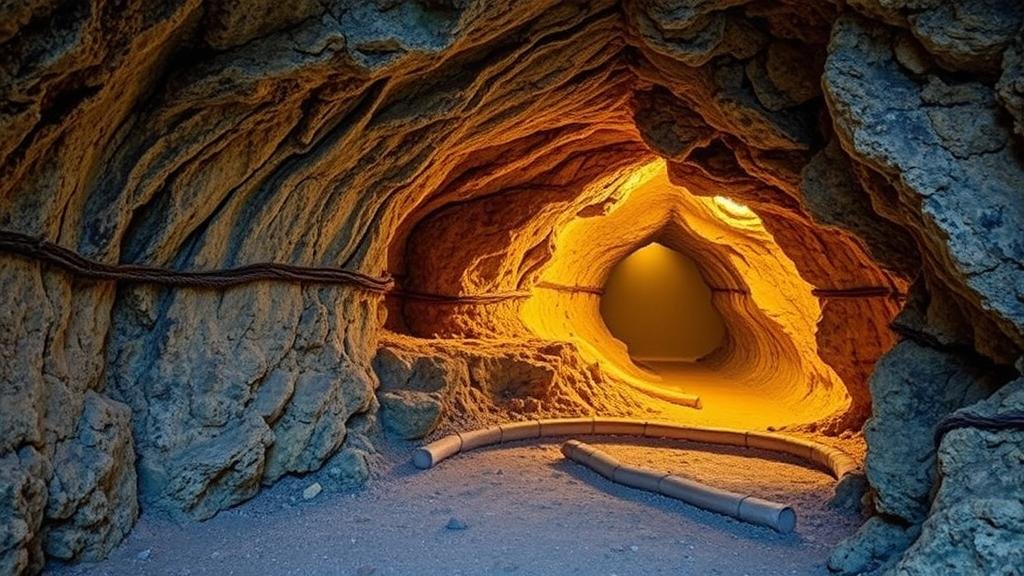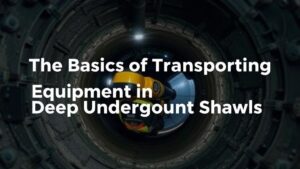Techniques for Locating Subterranean Rooms or Caves Using L-Rods
Techniques for Locating Subterranean Rooms or Caves Using L-Rods
The use of L-rods, also known as divining rods or dowsing rods, has been a controversial yet intriguing method for locating underground water, minerals, and even subterranean structures such as caves and rooms. These rods, typically made from metal or wood, are believed by some practitioners to respond to subtle electromagnetic fields and natural energies. This article will elucidate the techniques involved in using L-rods for such purposes, as well as exploring the scientific context behind their application.
Understanding L-Rods and Their Construction
L-rods are usually comprised of two straight, slender rods that are shaped into an L configuration. Each rod acts independently, allowing for movement based on the surrounding environment. While traditional L-rods are handmade from materials like copper or brass, commercially produced versions are also available. The effectiveness of L-rods can sometimes depend on the quality of material and balance of the rods.
- Common materials used: Copper, brass, and wood.
- Length typically ranges from 18 to 30 inches.
Techniques for Using L-Rods
Using L-rods involves a series of techniques that require practice, belief in the method, and an understanding of the environment. Here are the key techniques:
1. Calibration
Before commencing with the search, it is essential to calibrate the rods. This involves holding each rod horizontally and parallel to the ground, allowing them to relax until they point away from each other. This position signifies a neutral state and establishes a baseline for subsequent readings.
2. Identifying a Target Area
Scouting the area of interest is vital. Areas with known geological features, historical significance, or anecdotal evidence of underground structures can enhance the likelihood of success. Look for signs such as:
- Topographical anomalies
- Reports or folklore indicating underground chambers
3. Methodical Search
Conduct a systematic search pattern while holding the L-rods. Walk slowly in a straight line and observe any movements of the rods. If the rods cross or swing inwards, this may indicate the presence of a subterranean structure. This technique operates under the premise that the rods will react to changes in energy fields associated with underground voids.
Interpreting the Results
Interpreting the movements of the L-rods can be subjective. But, consistent patterns may suggest a potential find. Here are key interpretations:
- Rods crossing: Possible detection of a room or cave.
- Rods moving apart: Indication of an empty space nearby.
Addressing Skepticism and Scientific Context
Despite many anecdotal accounts of success, the scientific community often regards L-rods with skepticism due to the lack of Repeatable empirical evidence supporting their efficacy. Critics argue that any observed movement may be a result of the ideomotor effect–a psychological phenomenon where a person makes motions unconsciously.
Case Studies and Real-World Applications
In some archaeological applications, L-rods have been used as preliminary tools for identifying excavation sites. For example, in the search for lost civilizations in Central America, some researchers claimed positive results in locating buried structures using such techniques before conducting more rigorous geological surveys.
Actionable Takeaways
For those interested in exploring the capabilities of L-rods for locating subterranean features, consider the following actionable steps:
- Acquire or construct a pair of balanced L-rods.
- Practice calibration and familiarize yourself with local geological features.
- Conduct methodical searches in suspected areas using the outlined techniques.
- Maintain a log of findings, both successes and failures, to build knowledge and refine techniques.
While the results may vary, engaging with this technique provides an interesting intersection between folklore, archaeology, and personal exploration, as practitioners can derive insights about their environment through hands-on experience.


